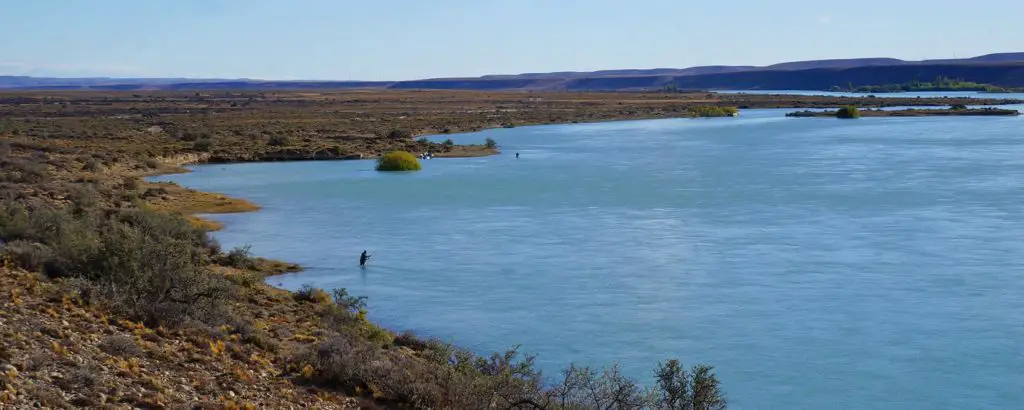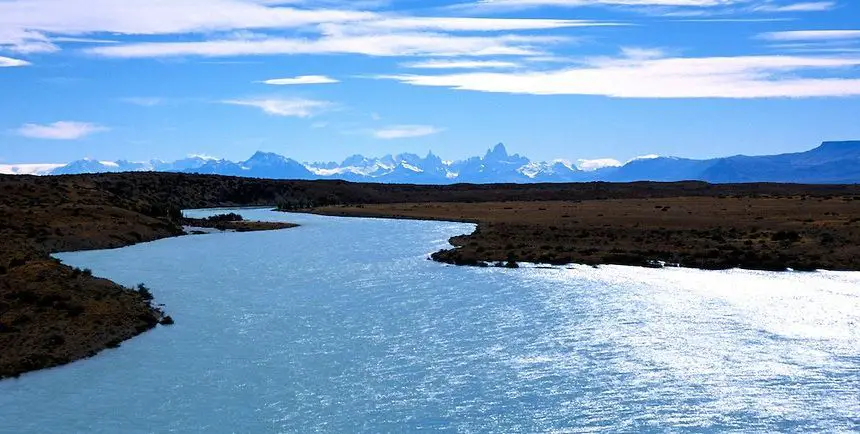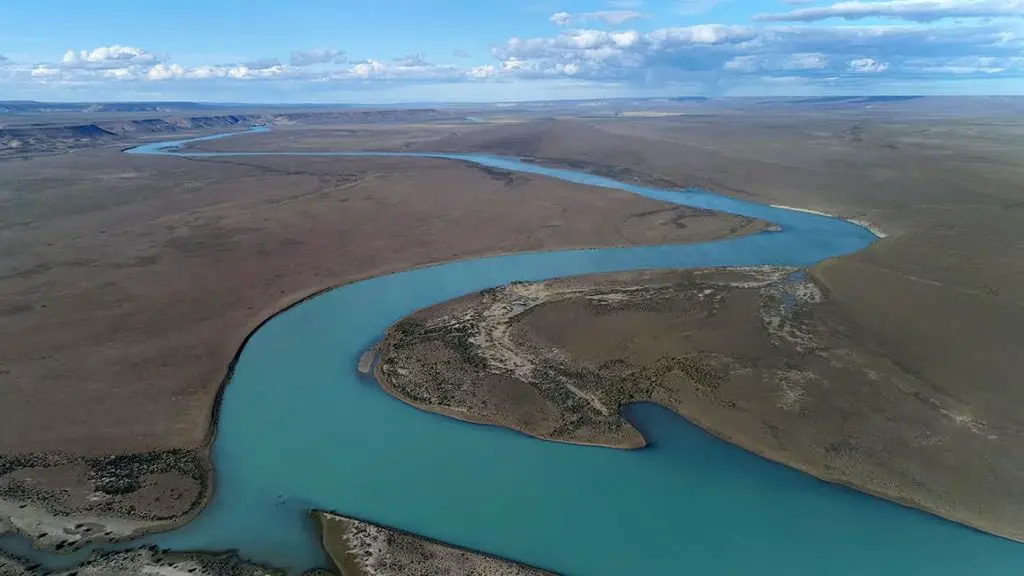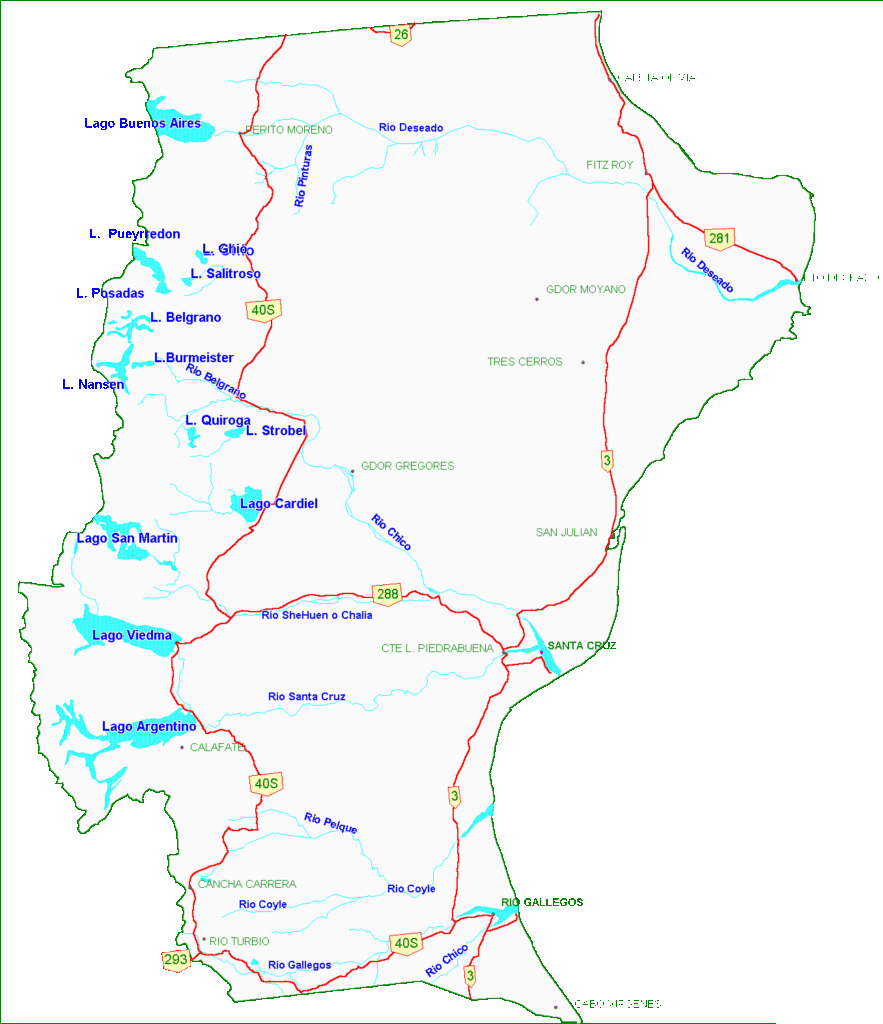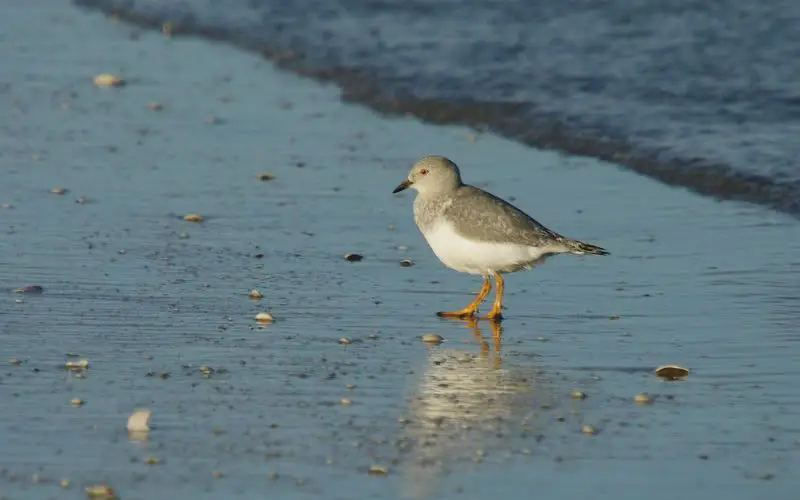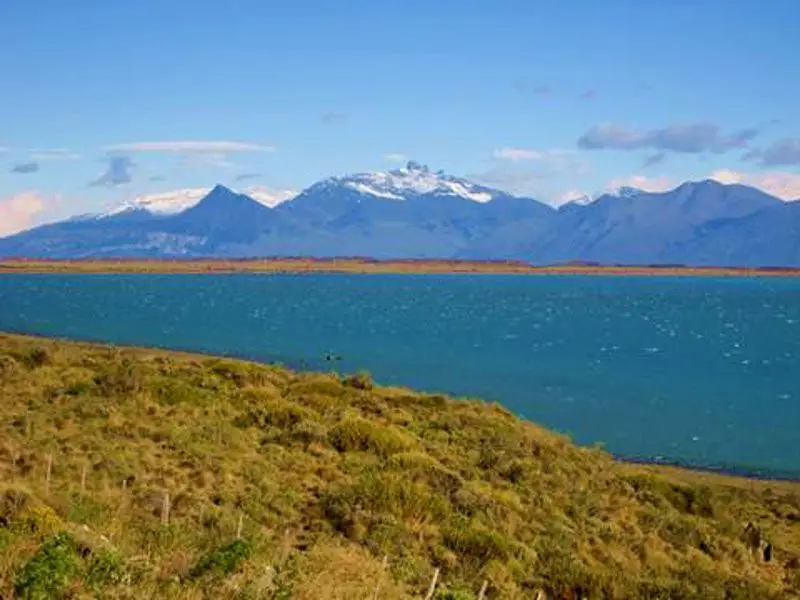The Santa Cruz River is one of the witnesses of the history and inhabitants of the Argentine Patagonia, a river of great beauty and a beautiful blue colour. Want to know what happens to it? Read on.
Indice De Contenido
River Santa Cruz
It has its source in an outflow that comes from lakes. They are called Viedma and Argentino. The water is of glacial origin (see Celeste River).
These waters come from the snowdrifts that are found in the National Park called Los Glaciares when they thaw.
It is worth mentioning that the Santa Cruz River was crossed in 1834 by an expedition that started from its mouth. In order to carry out related studies. They took note of the characteristics of the river and its biodiversity (see Cabriel River).
The journey was made on the famous HMS Beagle, chosen by the famous naturalist Charles Darwin to circumnavigate the globe. And that its commander was the famous Vice-Admiral of that ship, Robert Fitz Roy.
Location and route
Its location is in the Argentinean province of Santa Cruz, as the Santa Cruz River is one of the most important rivers in Argentina. The Santa Cruz River is one of the most important rivers in Argentina (see Río Azul).
It has in its credit a quite wide valley that has an extension that is between 3 and 15 Km. being that it makes the formation of walls in the ravines. With an average height that exceeds the 200 metres.
First section and continuation
It makes the first route forming meanders in a big valley that presents glacial characteristics. On its way it has arches called morainic arches. These are mountain ranges of glacial material (see Río Gallegos).
It is approximately 150 metres wide with an estimated depth of between 6 and 15 metres.
It has an approximate length of 385 km, which it travels in an easterly direction. After its journey, it gives its waters to the Atlantic Ocean. Where it has its mouth. Where, together with the Rio Chico, they form a deep estuary.
It has an average flow of approximately 790 m3/sec. It is used for irrigation and also for hydroelectric power generation.
Map of the Santa Cruz River
Flooding of the Santa Cruz River
With such a large flow of water, the floods of the Santa Cruz are to be feared. With a great amplitude that fills its course and expands the area through which it flows in an astonishing way.
https://www.youtube.com/watch?v=PBtgR0W88LI
Nothing can be left standing in its path. Trees are uprooted and swept away by the currents that rush through the nearby towns.
And it is with amazement and admiration that the locals record what the rise of the Santa Cruz River means.
Fishing in the Santa Cruz River
And when it comes to fishing, anglers are sure to have a great time.
Sailing through breathtaking scenery. The calm waters allow you to catch a wide variety of fish. This makes a trip to the Santa Cruz River the perfect way to get in touch with the environment and the nature that surrounds us.
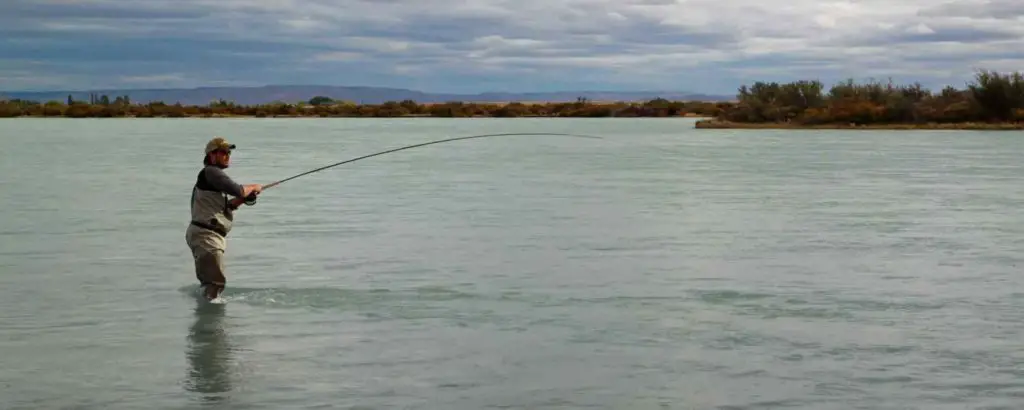
Curiosities
The so-called development or progress has been one of the most destructive processes of the environment that surrounds us. This is because the consequences generated by the works carried out are not taken into account in the supposed progress towards a society of progress.
However, there have long been environmentally conscious and friendly alternatives that also point the way to the development and progress of humanity.
This does not mean destroying everything that sustains us.
Climate Change
Yes, what we have seen so far in terms of climate and climate change itself. Which is nothing more than the response to what man has caused with his depredations in the pursuit of such progress.
So it is time to open our eyes. And to take responsibility for becoming the chief stewards of what will be the Earth inhabited by the generations that follow us in time.
Without wishing to polemicise or politicise. The following video provides some very important information to consider.
The approach of opposing the construction of dams that are already outdated in their application. It sounds like an awareness and responsibility of what it means not to destroy environments that are part of Argentine Patagonia and the history of the planet.
And if it is destroyed, it can never be recovered.

